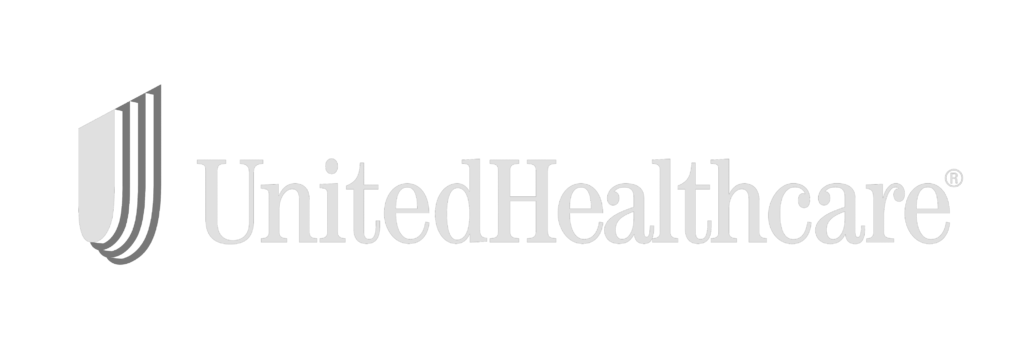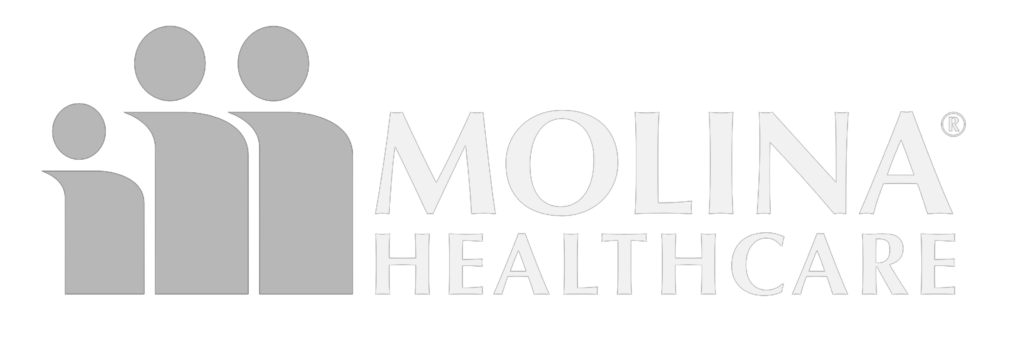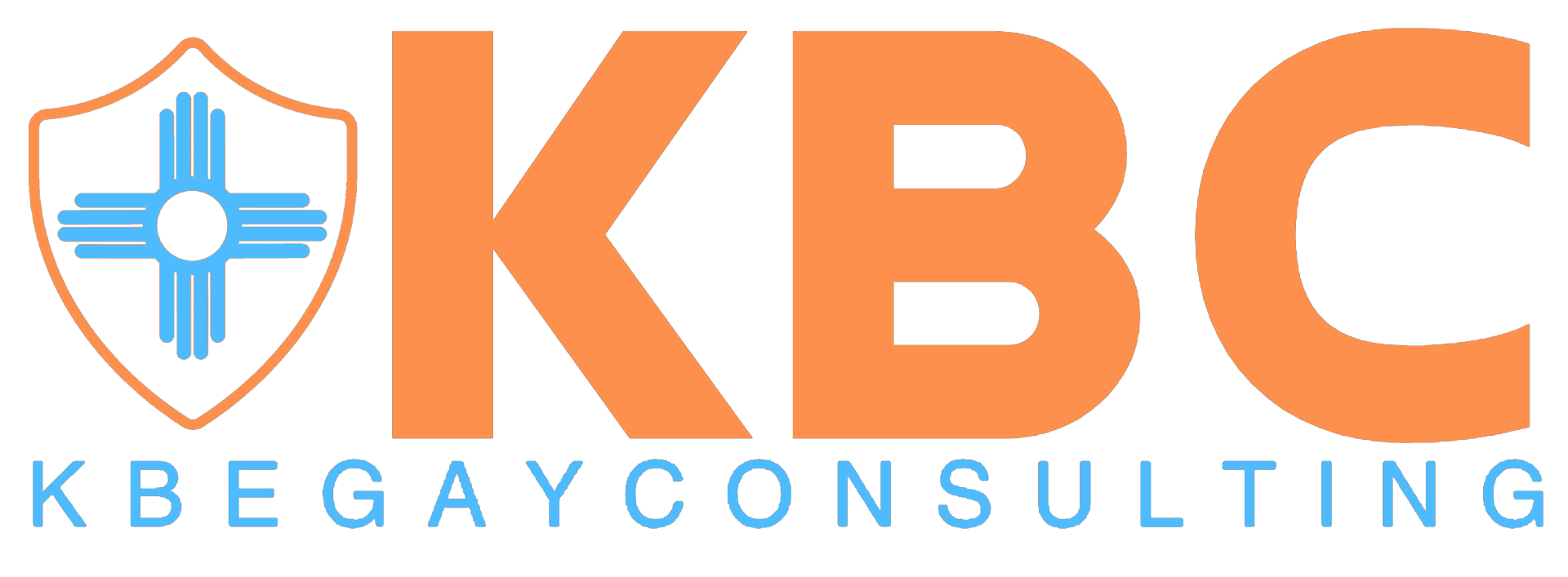Group Health Insurance Plans
What is a Group Health Insurance Plan?
Group Insurance health plans cover a group of members, usually comprised of company employees or members of an organization.
Group health members usually receive insurance at a reduced cost because the insurer’s risk is spread across a group of policyholders.


Who Purchases Group Health Insurance?
Companies and organizations purchase group health insurance plans and then offer their members or employees coverage.
Plans can only be purchased by groups, which means individuals cannot purchase coverage through these plans.
Plans usually require at least 70% participation to be valid. Because of the many differences—insurers, plan types, costs, and terms and conditions—between plans, no two are ever the same.
What to Know About Group Health Insurance Costs
The cost of group health insurance is usually much lower than individual plans because the risk is spread across a higher number of people. Simply put, this type of insurance is cheaper and more affordable than individual plans available on the market because more people buy into the plan.

What Next For Your Group Health Insurance Plan
After your organization chooses a plan, here are the next steps.

Coverage Decision
Group members are given the option to accept the health insurance coverage or decline coverage for themselves and their families or dependents.

Tiered Coverage
Many plans come in tiers, where insured parties have the option taking basic coverage or additional insurance for family and dependents for a marginal cost.

Premium Breakdown
Premiums are split between the organization and the members enrolled in the health insurance plan, which includes employees, families, and dependents.
Group Health Plan for Employees
A “Group Health Plan” (GHP) is health insurance offered by an employer, union, or association to its members while they are still working. GHP coverage is based on current employment. Employers with 20 or more employees are required by law to offer current workers and their spouses who are age 65 (or older) the same health benefits that are provided to younger employees.
Examples of health insurance policies that are GHPs based on current employment:
Include
- Small or large employer-sponsored plans for its current employees,
- Self-insured plans,
- Employee organizational plans (i.e., union plans or hours banks),
- National health plans in foreign countries.
Don’t Include
- Plans that only cover self-employed individuals,
- Consolidated Omnibus Budget Reconciliation Act (COBRA) coverage,
- Retiree coverage,
- Continued coverage based on severance pay,
- Health savings accounts,
- Veterans Affairs (VA) coverage.
Group Health Plans
Self-Insured Employer Plans vs. Fully-Insured Plans
There are typically two different funding structures employers use to provide coverage for employees.
Self-Insured Plans
Typically offered by larger companies, self-insured plans are where the employer collects contributions from employees via payroll deductions and takes on the responsibility of paying all related medical claims.
- Employers can contract with a third-party administrator (in some cases, a health insurance company acting as an administrator) for services such as enrollment, claims processing, and managing provider networks.
- Employers can self-administer the services.
Fully-Insured Plans
Employers purchase fully insured employer health plans from an insurance company. The insurance company is responsible for paying employees’ and dependents’ claims in exchange for a premium from the employer.
Employers know their premium costs in advance, which helps with budgeting which comes at the expense of flexibility and control over plan design. Insurers may have coverage restrictions, like limited access to specialists or pre-authorizations for procedures.




